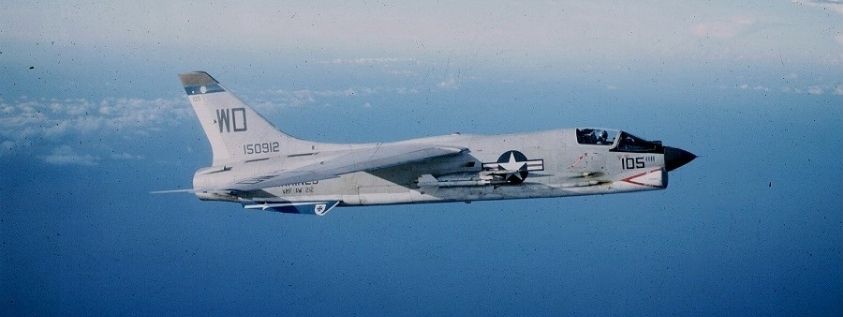In a previous article, we talked about how to help the autopilot to reduce the workload of the pilots during flight. This time we are going to emphasize the Fly-by-wire system patented by Airbus.
Forerunners of the Fly-by-wire system
The first experimental development of an electronic management system on an aircraft was on the Tupolev ANT-20. This Soviet-made aircraft during the decade of the thirties an interface that operated the flight controls, but always had a mechanical backup in case of failure was tested.
The system continued to develop and evolve during the twentieth century to install incorporating an advanced version of the same on the Apollo Lunar Landing Research, a prototype of instruction the Lunar Module, or LEM astronauts of the Apollo Project would use to land on the moon on the earth satellite on July 20, 1969. This time, the electronics did not have any mechanical or hydraulic backup.
Later, various systems increasingly similar to the current Fly by Wire were incorporated into other aircraft such as the legendary Concorde or the F-8 Crusader belonging to the US Navy.
Today, the largest aircraft manufacturers in the world, such as Airbus or Boeing, have adapted and incorporated these systems to a greater or lesser extent to their aircraft. The main differences usually lie in the controllability of the aircraft that this interface may have.
How does the Fly-by-wire system work?
Before entering into In order to better understand the operation of this electronic system, we must talk about the two types of flight controls that we currently find in fixed-wing aircraft.
- Primary controls: Responsible for providing control of the aircraft in its three axes: vertical, longitudinal and horizontal, through the use of ailerons and elevator and rudder.
- Secondary controls: They are those that modify the aerodynamics of an aircraft, such as flaps, spoilers, slats, …
The pilots are the ones who operate the primary controls from the cockpit with the device called Yoke or Sidestick, which allows them to maintain the desired flight attitude at all times. The connection between the sidestick or yoke and the primary controls can be through mechanical, hydraulic or Fly-by-wire systems.
In small aircraft, for example in a Tecnam such as those used in training flights by EAS Barcelona, steel cables and pulleys are used that physically move the controls. No more is needed, since the small size and low speed allow direct control without having to exert excessive force.
In larger aircraft, such as a Boeing 737 for example, the movements that the pilot makes on the controls are sent to the hydraulic systems that will translate these movements into the forces necessary to move elements of considerable dimensions and that are also subjected to great pressure due to speed.
Finally, the Fly-by-wire system sends in the form of electronic signals those orders from the side stick to the motors, servos, hydraulics, etc., in charge of moving the primary elements of flight to a computer system, the Flight Control Computers (the A320 has seven of these control units) that are responsible for determining in tenths of a second whether the orders sent are within the aircraft’s airworthiness parameters, and executing them if they pass the analysis.
The most complex systems where the computer (FCC) are present in all the flight systems of the plane, preventing possible piloting errors. Thus, for example, if the pilot were inadvertently increasing the angle of attack without increasing power, which inevitably leads to At stall, the system would detect it and automatically lower the nose and increase the power to move the aircraft away from that situation. The same would happen if the aircraft entered a turn outside the aircraft limits, which would Known as the envelope, the FCC to regain the level flight line.
Are there advantages and disadvantages?
Rather talking about advantages or disadvantages, we should talk about the disparity of opinions between the different systems. Just as the autopilot – which we discussed at the time – allows the pilot more effective control of the aircraft, the Fly-by-wire system makes operation safer in all phases of flight.
However, some experts believe that these systems provide an excessive comfort zone for pilots, which may imply a lack of expertise to solve situations in which computer systems become unreliable. Others, on the other hand, believe that the workload in the cockpit should be further reduced. As you can see, opinions for all tastes.
What yes There is no doubt that any technology that can be incorporated into the aircraft for its control, efficiency or systematization of operations will result in an increasingly safe and efficient flight operation.
